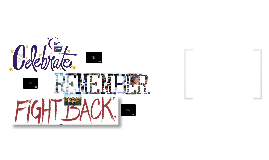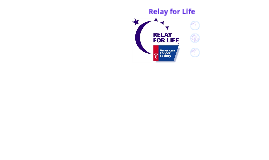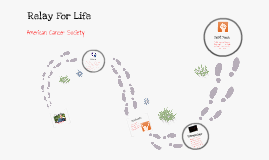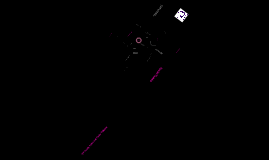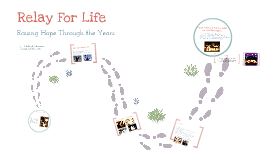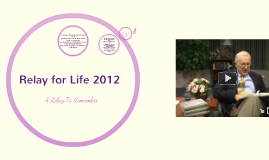Relay for Life!!!
Transcript: The American Cancer Society Relay For Life is a life-changing event that gives everyone in communities across the globe a chance to celebrate the lives of people who have battled cancer, remember loved ones lost, and fight back against the disease. At Relay, teams of people camp out at a local high school, park, or fairground and take turns walking or running around a track or path. Each team is asked to have a representative on the track at all times during the event. Because cancer never sleeps, Relays are overnight events up to 24 hours in length. Although every Relay For Life is different, there are certain traditions at all Relays, no matter where they are held. These traditions help participants celebrate, remember, and fight back. Celebrate - The Survivors Lap Relay For Life Schedule 2:00 PM Registration Opens 4:00 PM Opening Ceremony 4:15 PM Survivor Ceremony and Lap 10:00 PM Luminaria Ceremony 1:00 AM Fight Back Ceremony 5:30 AM Closing Ceremonies The only requirement to participate in Relay For Life is the $10 registration/commitment fee (per person) that is due upon registration. After that, anything you can raise through individual, team, or online fundraising is graciously accepted. It is recommended that each participant to set a personal goal to raise $100. If you raise more, that's even better. Even if you do not raise $100, you are still welcome to participate. Relay Rules Relay For Life happens Rain or Shine! Be prepared. A first aid kit will be available at the Registration tent during the event. In case of emergency, go to the Registration tent for immediate assistance. Pets, bicycles, skateboards and in-line skates are not permitted. Relay For Life is a tobacco-free event. No Smoking Please. Wear sturdy but comfortable shoes designed for walking or running. Bring your own food and beverages. Who can participate? Anyone can participate in Relay For Life. Teams of people from all walks of life have fun while raising much-needed funds and awareness to help the American Cancer Society save lives. The success of Relay For Life depends on individuals who commit to raising money and the people who donate to them. Friends, families, neighbors, classmates, companies, sports teams, etc., can form their own teams. No matter who you are, there’s a place for you at Relay. Is there a registration fee? The only requirement to participate in Relay For Life is the $10 registration/commitment fee (per person) that is due upon registration. After that, anything you can raise through individual, team, or online fundraising is graciously accepted. Is there a required minimum amount to raise? There is not a required amount of money to raise in order to participate in Relay For Life. The American Cancer Society's recommendation is for each participant to set a personal goal to raise $100. If you raise more, that's even better. If you do not raise $100, you are still welcome to participate. We're glad to have you. What is a survivor? A survivor is anyone who has ever heard the words “You have cancer.” We invite all cancer survivors in the community to attend Relay For Life because they are the reason we Relay. Our goal is to create a world where more people survive cancer so they can celebrate another birthday. When you support the American Cancer Society’s mission to help save lives, you are doing just that. To learn more about survivors at Relay For Life, please visit our survivors page. What is a Luminaria? Luminaria are bags, each with a special meaning, that are illuminated during one of the most moving parts of any Relay For Life event, the Luminaria Ceremony. Some luminaria celebrate the lives of people who have battled cancer and have lived to tell their stories. Many remember the lives of loved ones who have been lost to this disease. All represent someone special who has been profoundly affected by cancer and the family and friends who continue to fight back in their honor. Visit our Luminaria page to honor or remember someone with a luminaria during the Relay For Life Luminaria Ceremony. PICTURES!!!!! THE END!!! =DDD Fight Back - The Fight Back Ceremony Remember - The Luminaria Ceremony






